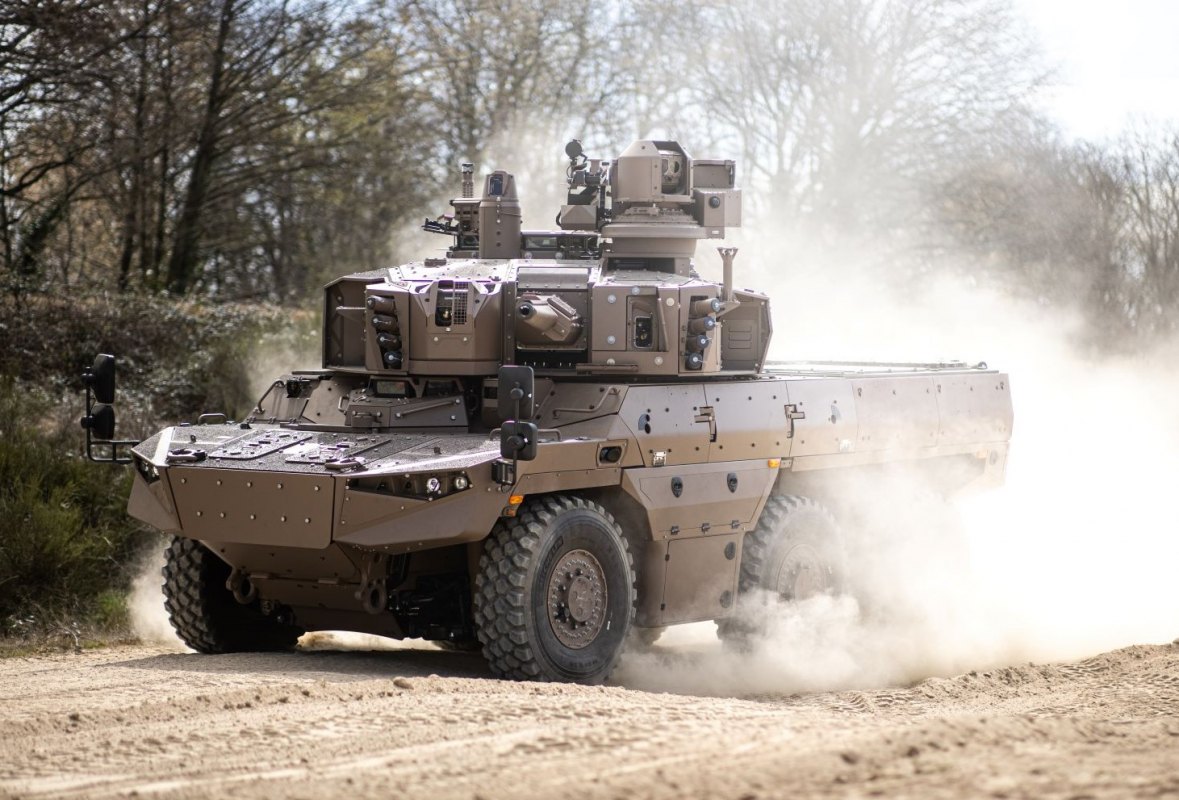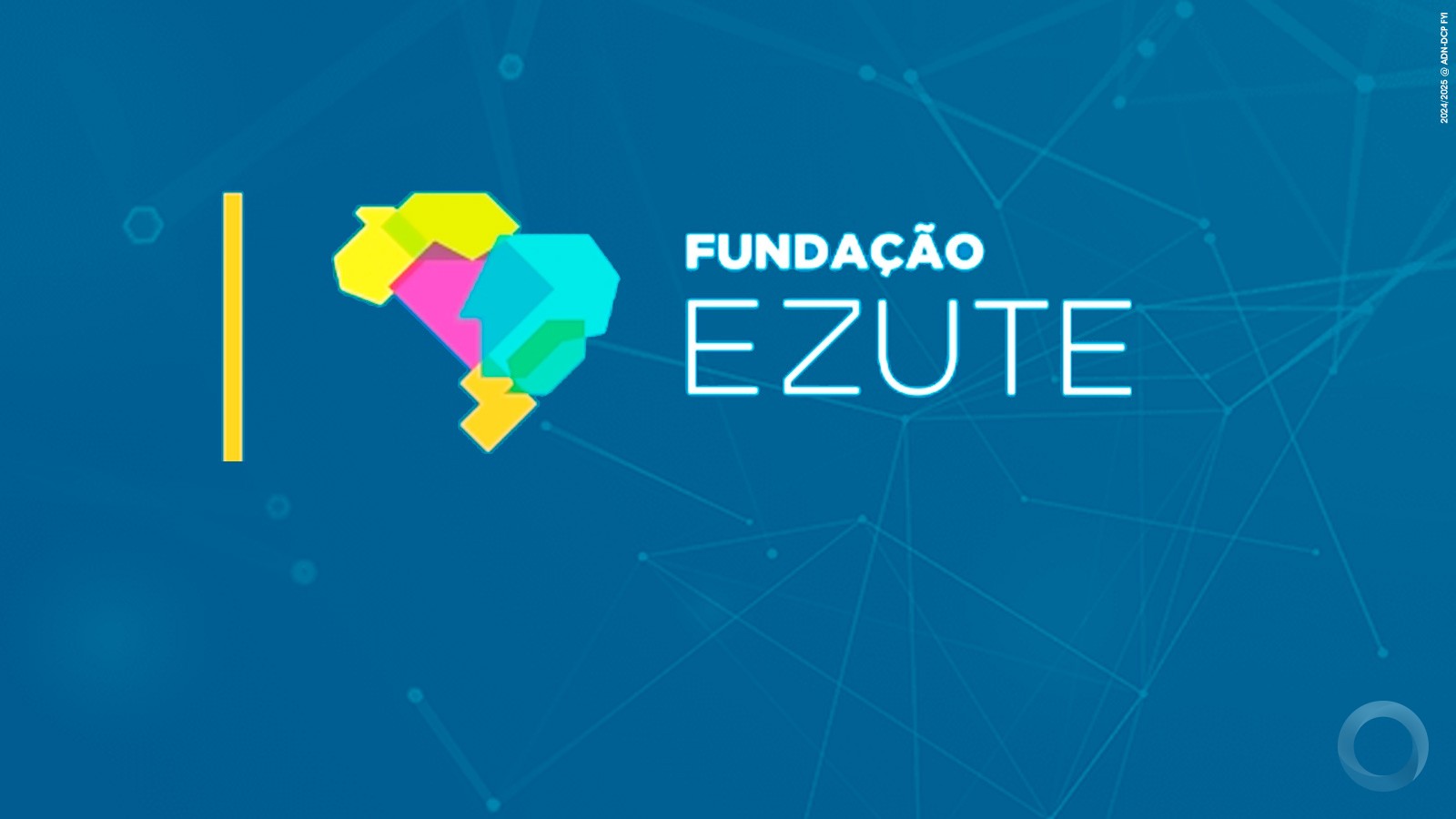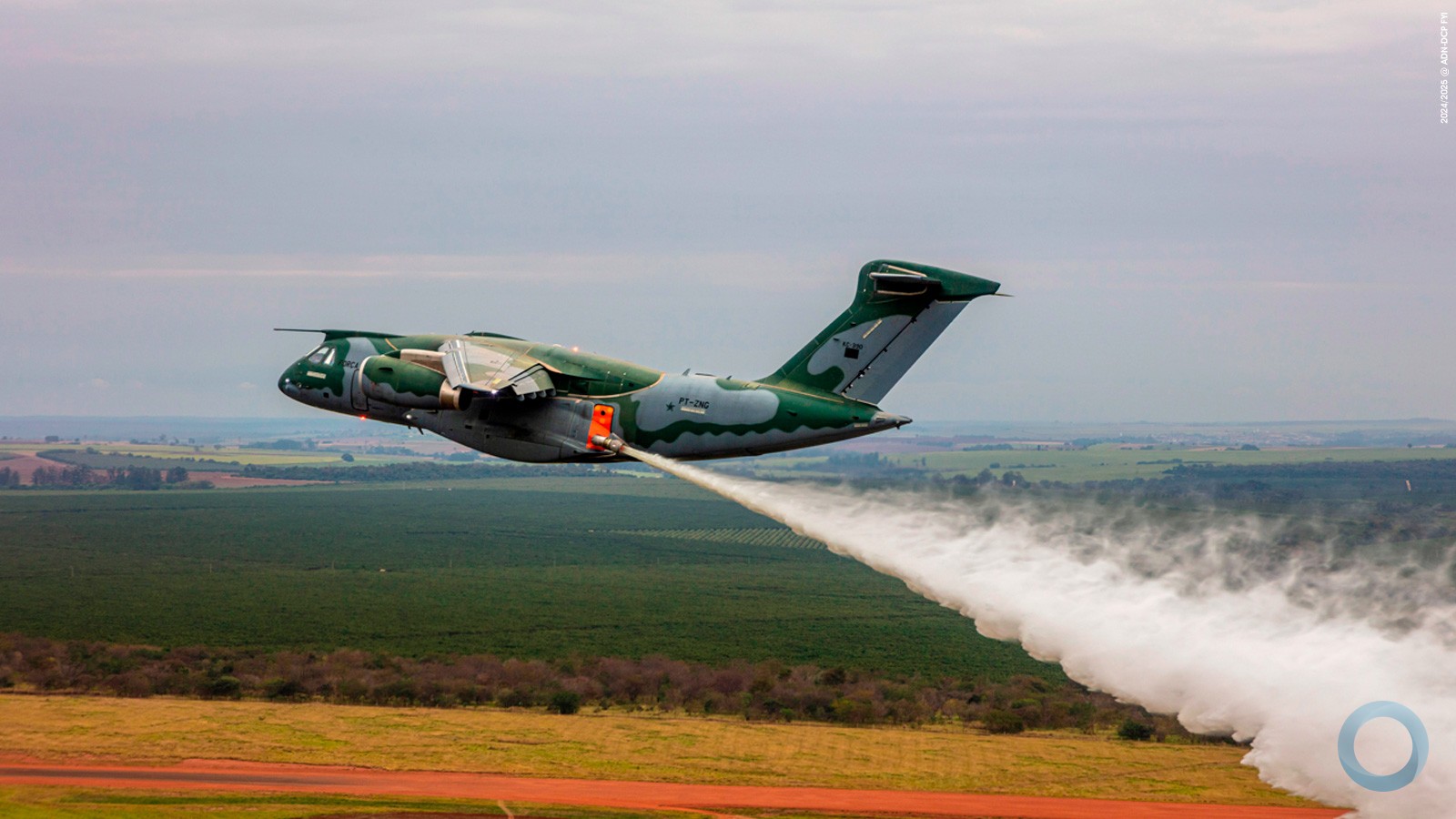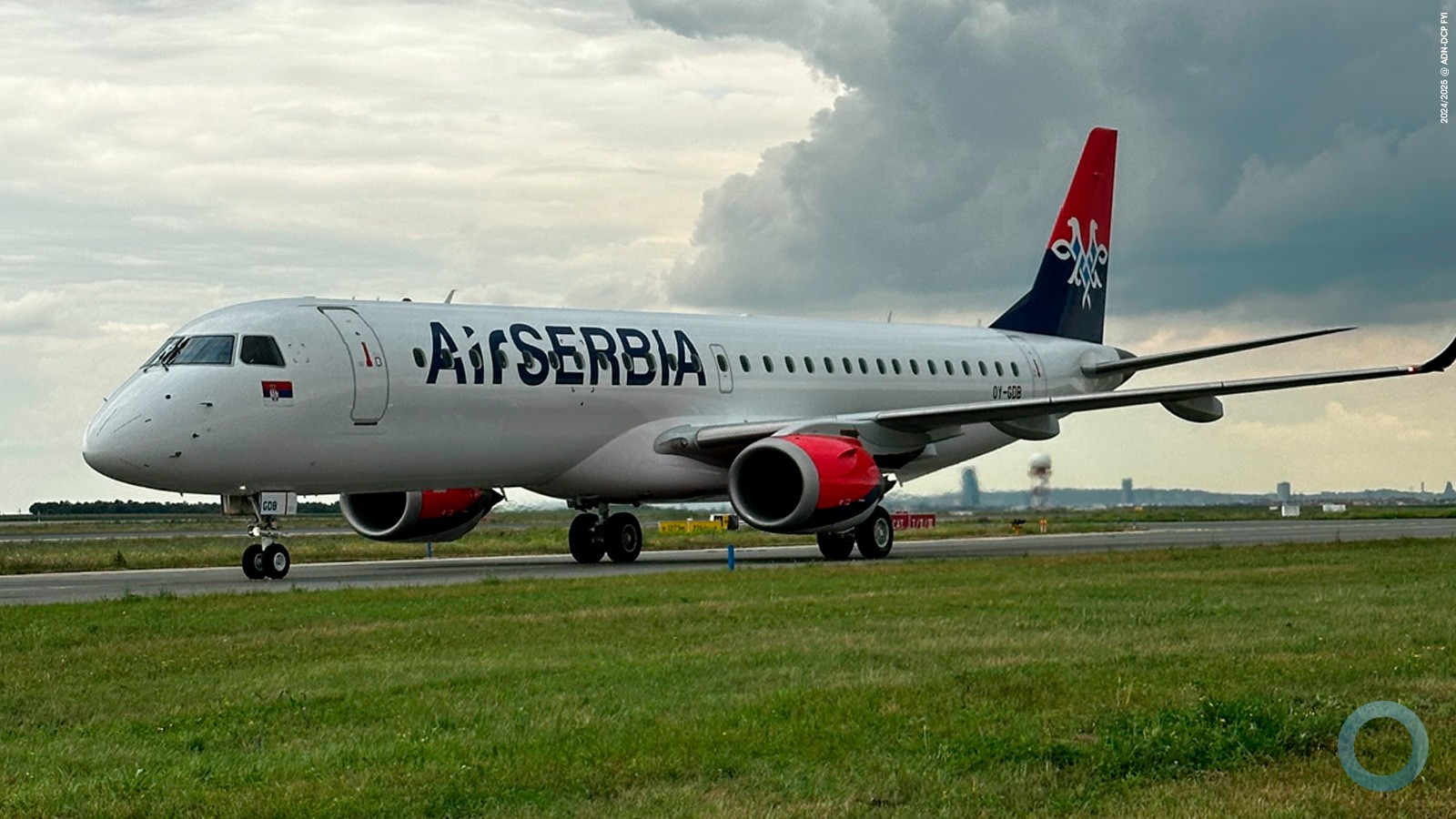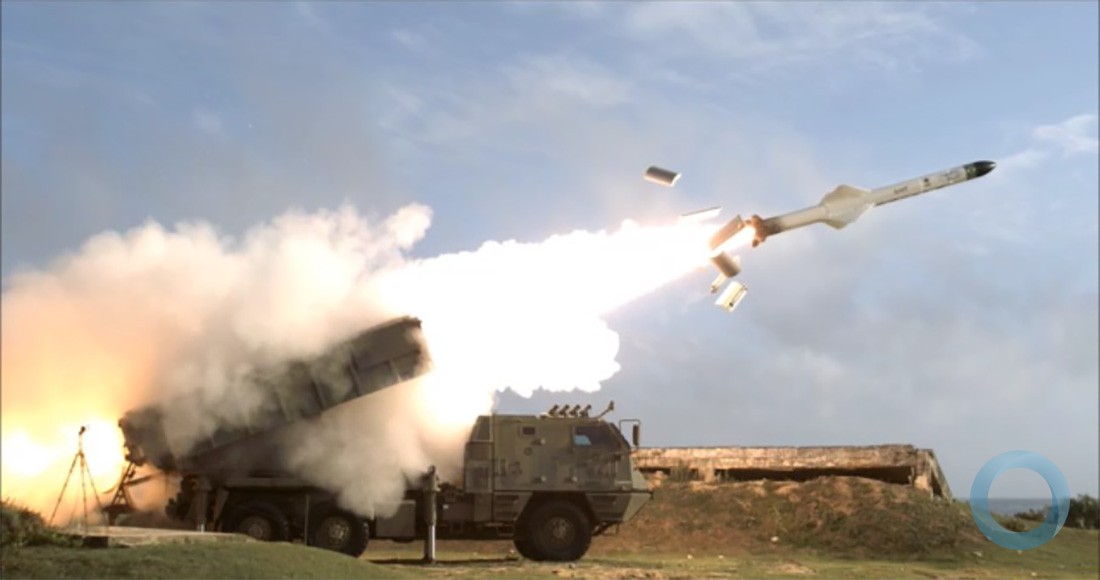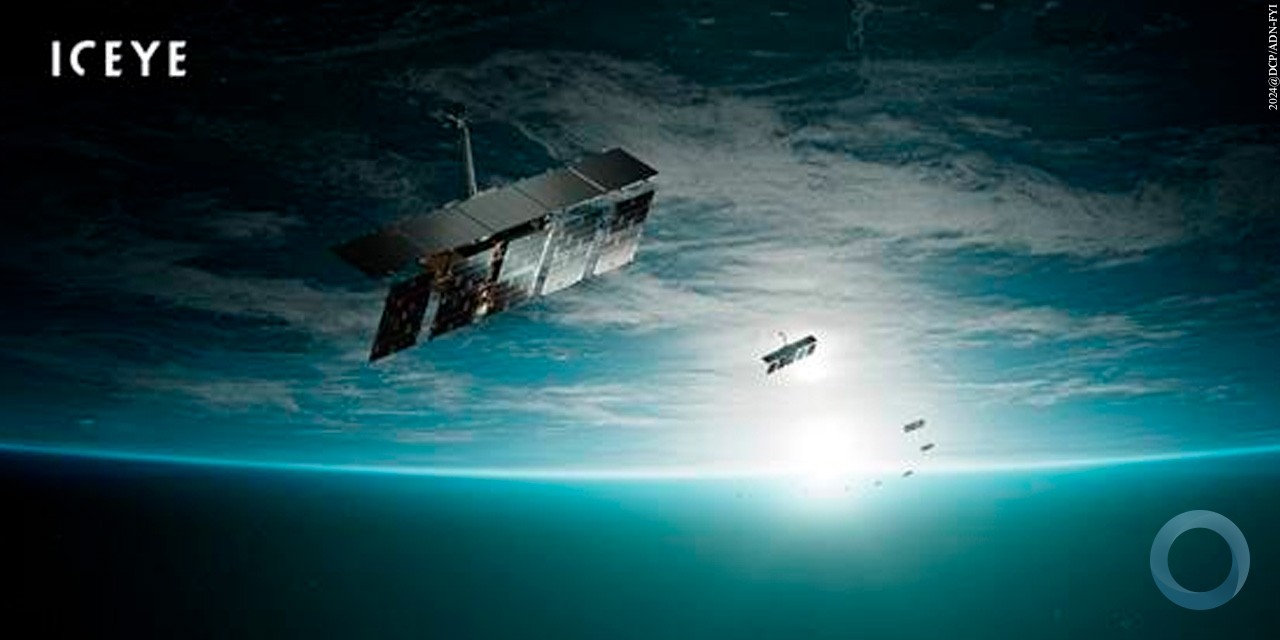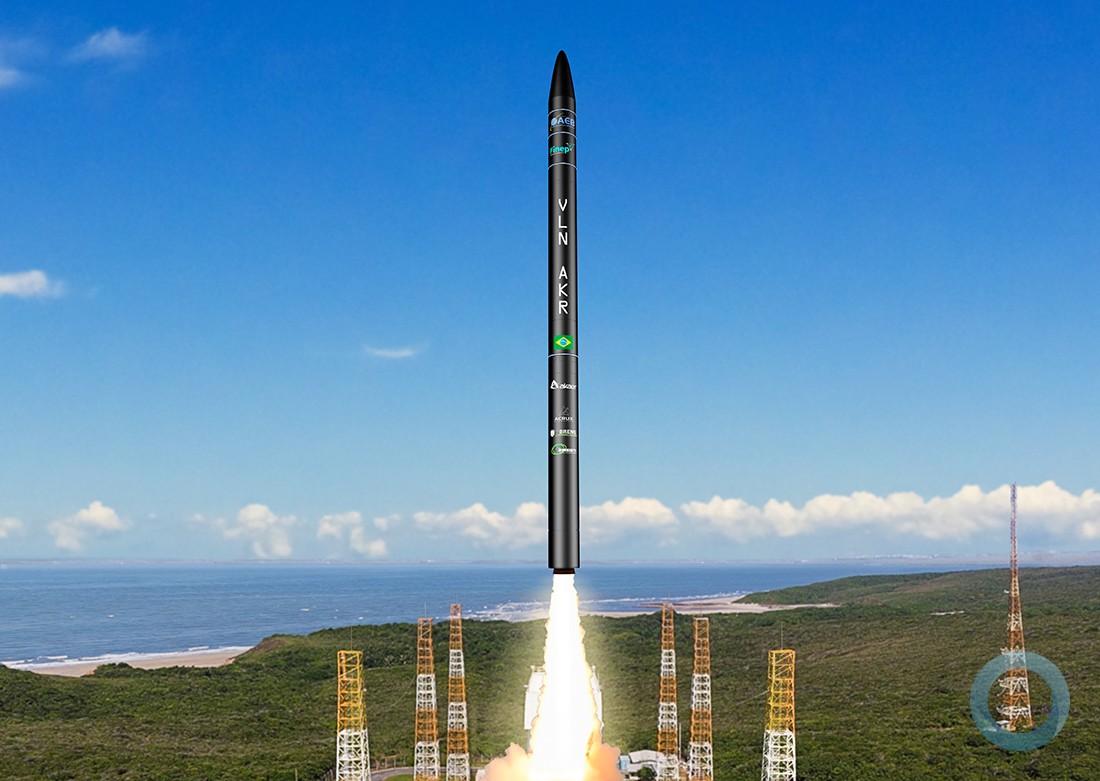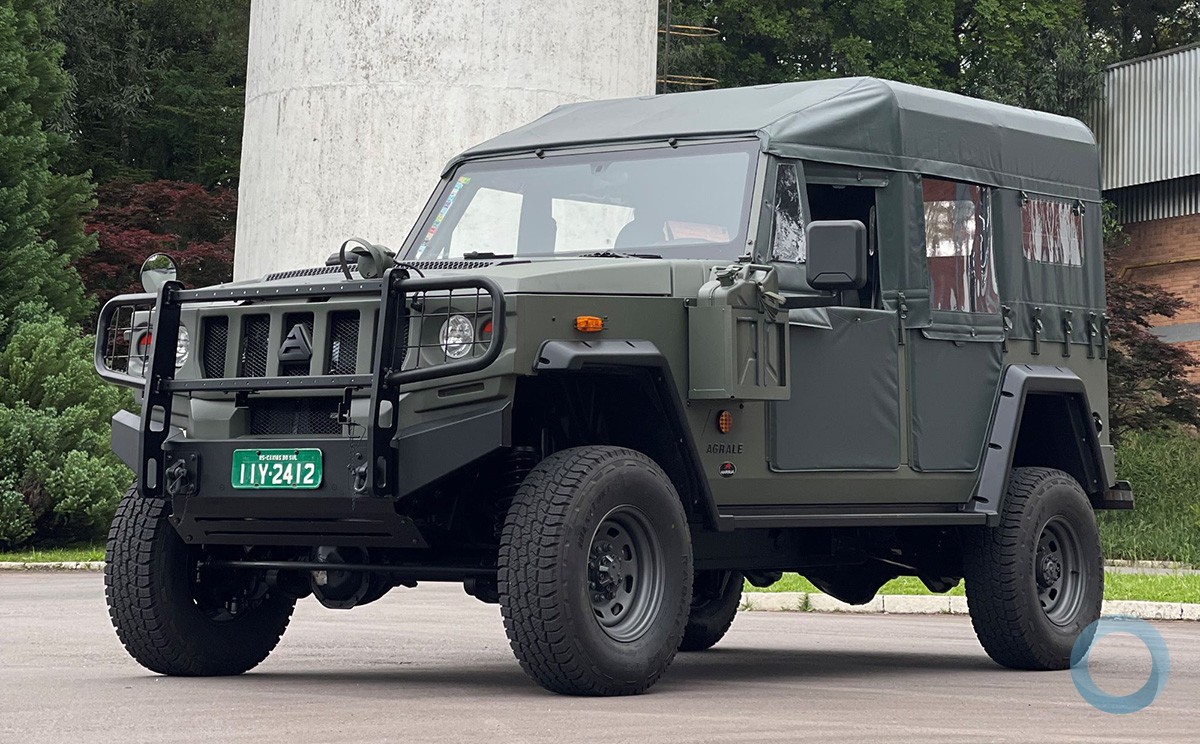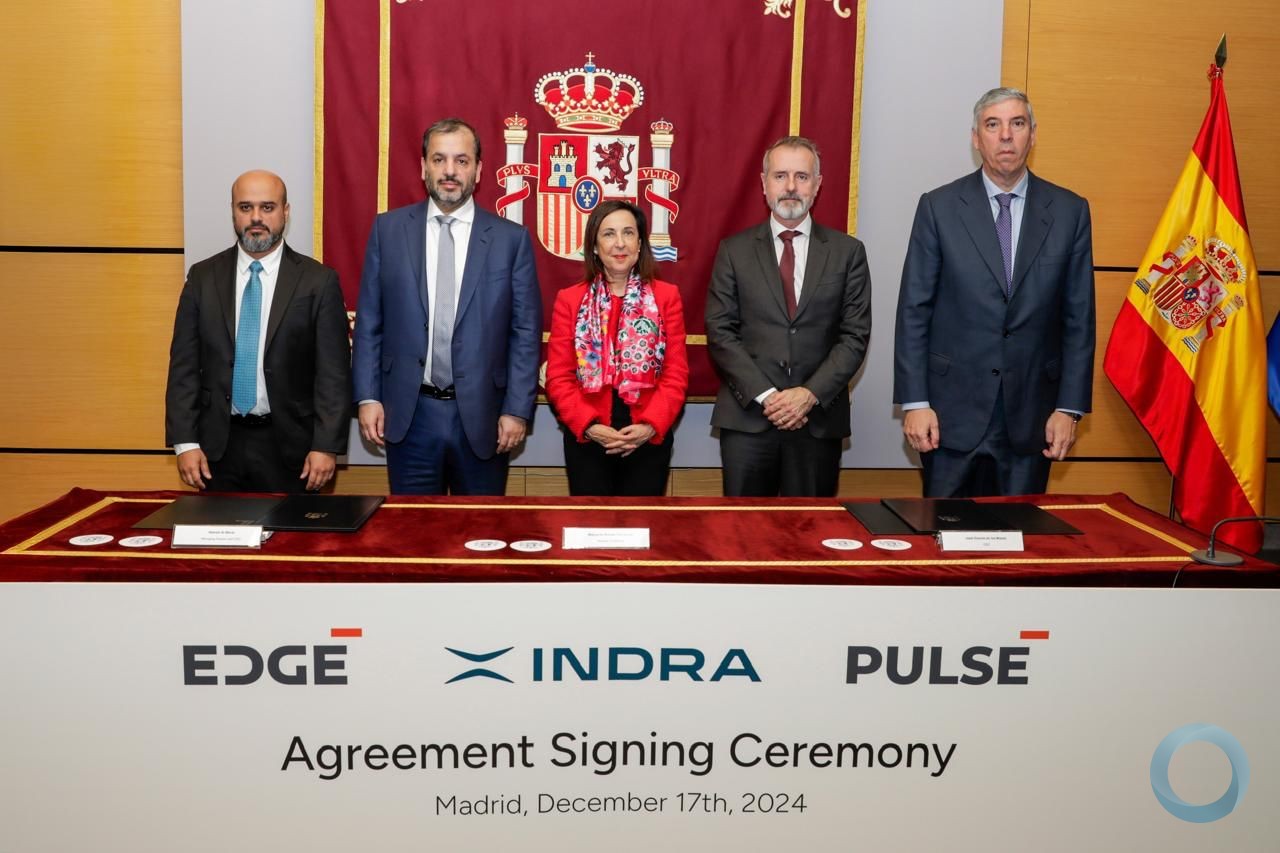The European Defence Agency (EDA) collects defence data on an annual basis. The Ministries of Defence of the Agency’s 27 Member States (MS) provide the data. EDA acts as the custodian of the data and publishes the aggregated figures. The 2014 and estimated1 2015 figures refer to the total for all EDA Member States2, and if not otherwise stated, they are nominal.
Key findings:
- Defence expenditure increased for the first time after six years of continuous decline
- Operation and maintenance expenditure further increased, while investment further decreased
- Defence R&T expenditure at its lowest level
- Collaboration increased in equipment procurement and European defence R&T
- Defence personnel decline slowed down
- Deployment figures noticeably decreased
- Slight progress recorded on two out of four collective benchmarks
Defence expenditure increased for the first time after six years of continuous decline
The year 2014 marked a turning point for the European defence expenditure, the results of the EDA 2014 Defence Data gathering exercise reveal. After a continuous six-year decline, which started in 2008 following the outbreak of the global economic and financial crises, total defence expenditure of the 27 EDA Member States increased in 2014 by 2.3% from EUR 190 billion to EUR 195 billion, compared to the previous year. This was sufficient to overcome inflation and achieve a 0.6% or EUR 1.1 billion real-term3 growth. 2015 estimates suggest a further nominal increase of 2.6% or EUR 5 billion to EUR 200 billion, the level comparable to that before the crisis. In real terms, however, this increase translates into a 0.2% or EUR 0.33 billion decrease.
This is the first time to have a decade’s perspective on the European defence spending, starting with 2005 data gathered through the pilot defence data exercise. From 2005 to 2015, although in nominal terms defence expenditure increased by 3.6% from EUR 193 billion to EUR 200 billion, in real terms there was a 10.7% or EUR 22 billion decrease.
Counting from the peak of expenditure reached in 2007 with the EDA Member States collectively spending EUR 204 billion on defence to the lowest point of EUR 190 billion in 2013, total defence spending reduced by 6.8% (EUR 14 billion) in nominal terms or by nearly 12% (EUR 24 billion) in real terms. The share of defence expenditure in GDP4 and in total government spending being as high as 1.81% and 3.86% in 2005, has been steadily decreasing since then, and in 2015, it is estimated to have dropped to the lowest recorded level of 1.40% and 2.95%, respectively.
Operation and maintenance expenditure further increased, while investment further decreased
As regards defence expenditure structure, the year 2014 further highlighted the trend that began to emerge back in 2011, namely that of increasing expenditure on operation and maintenance and decreasing investment. Operation and maintenance – the second largest component of total defence spend with the average share of 23% – appears to be on an upward trajectory as of 2011. During the years 2011 to 2013, it grew at an average annual rate of 2.3%, and in 2014, it jumped by 11.7% (9.8% real increase) to EUR 52.2 billion, the highest absolute and relative (26.8% of total expenditure) value since 2006. Overall, operation and maintenance expenditure increased in real terms by EUR 4.6 billion or 10.3% from 2006 to 2014.
By contrast, defence investment, comprising equipment procurement and R&D (including R&T), continues to decline – a trend that started with a sharp 11.6% real decrease in 2011 and was reinforced with another significant real fall of 9.1% in 2014. Given a relatively small volume of R&D expenditure, this result was largely driven by another component of investment – equipment procurement – which in 2014 dropped by EUR 4.3 billion or 15.0%, compared to the previous year, the largest real decrease since 2006. R&D expenditure that has been declining as well, appears to be on an upward trend since 2012. In 2013, it achieved a 1.5% increase, and in 2014, it jumped by another 16.0% to EUR 8.8 billion, the biggest nominal increase observed so far. A real increase was slightly smaller, 0.8% in 2013 and 14.1% in 2014. From 2006 to 2014, R&D expenditure decreased by almost EUR 2 billion or 18.5% in real terms.
The share of investment in total defence expenditure, traditionally accounting for around 20%, shrank in 2014 by almost two percentage points to 17.8%. Within the investment category, the share of equipment procurement, amounting to around 16% on average, reduced by over two percentage points to 13.3%, while the share of R&D increased by 0.5 percentage points to 4.5% between 2013 and 2014. On average, R&D share in total investment stood at around 4.3% between 2006 and 2014, with the highest value of 4.9% reached in 2006, and the lowest – 3.9% – in 2012.
Personnel expenditure remains the largest component accounting for slightly above half – 51.2% – of total defence spend. Despite decreasing personnel numbers, personnel expenditure increased in some countries. At the aggregate EDA level, personnel expenditure has been gradually decreasing since 2006, but in 2014, it increased by 4.1% (2.4% real increase) to EUR 99.8 billion. During the entire period from 2006 to 2014, Member States’ real expenses dedicated to personnel reduced by over EUR 19 billion or almost 17%.
Defence R&T expenditure at its lowest level
A slight increase (+3.2%) in R&T expenditure achieved in 2013, was lost the year after, as R&T spending dropped by 4.6% (-6.1% in real terms) back to 2012 level of EUR 2.0 billion, the lowest since 2006. R&T expenditure was highest in 2006 amounting to EUR 2.7 billion – the expected response to the ambitious goal set by the EU leaders at the Hampton Court summit in 2005 to achieve a paradigm shift in defence R&T by spending more and spending more together. However, it has been gradually decreasing since then, despite the repeated urge to invest in defence R&T now to have effective and credible defence capabilities in the future. A real-term decrease in R&T expenditure was rather dramatic, amounting to nearly EUR 1 billion or 32% from 2006 to 2014. The share of R&T in total defence spend has been gradually shrinking as well, from the biggest of 1.32% in 2006, to the smallest of 1.02% in 2014.
Collaboration increased in equipment procurement and European defence R&T5
Since 2012, it has not been possible to have a comprehensive picture of the total Member States’ expenditure on collaborative (including European collaboration) defence equipment procurement and R&T projects and programmes, as several Member States were not in a position to provide this data. Nevertheless, although incomplete, 2014 data suggests slight improvements on three out of four collaborative expenditure categories, namely collaborative and European collaborative defence equipment procurement and European collaborative defence R&T.
Collaborative defence equipment procurement of the reporting EDA Member States increased by almost EUR 1 billion or 20.5%, compared to 2013, to EUR 5.7 billion. The share of European collaboration within this category increased in absolute terms – from EUR 4.5 billion to EUR 5.1 billion – but decreased in relative terms – from 94.6% to 89.8% of total collaborative procurement – during the same period. In relation to total defence equipment procurement expenditure, the share of collaborative equipment procurement increased from 15.9% to 22.1%, suggesting that the remaining 77.9% were directed to non-collaborative procurements. The share of European collaborative equipment procurement in total defence equipment procurement grew from 15.0% to 19.9%, an achievement of almost five percentage points with respect to the corresponding benchmark.
As regards R&T, total collaborative defence R&T expenditure of the reporting Member States decreased by EUR 18.6 million or 9.2% to EUR 185 million from 2013 to 2014, while European collaboration part within this category increased in both absolute – from EUR 168 million to EUR 172 million – and relative – from 82.5% to 93.3% of total collaborative R&T – terms. In relation to total defence R&T, the share of collaborative R&T decreased from 9.7% to 9.3%, indicating that 90.7% were non-collaborative expenditure. Meanwhile, the share of European collaborative R&T in total defence R&T increased from 8.0% to 8.6% during the same period, signalling a minor progress in terms of the respective benchmark.
Defence personnel decline slowed down
Since 2006, defence personnel (military and civilian) has been steadily declining, mainly due to internal restructuring processes. Between 2008 and 2011, this was more evident (-4.9% annual average decrease), possibly due to unfavourable economic conditions. Thereafter personnel numbers continued to fall, thought at a slower pace, a rate of -1.7% per year on average. From 2013 to 2014, total civilian personnel reduced by almost 2% to 400,000, whereas military personnel – by half that (almost 1%) to 1,423,000. During the entire period from 2006 to 2014, total defence personnel shrank by almost 500,000 or 21.4%, where civilian personnel decreased by almost 85,000 or 17.5%, and military personnel – by almost 411,000 or 22.4%.
As total military personnel decreased, so did the numbers in each military personnel breakdown category. During the 2006-2014 period, Army reduced by 209,000 or 22.5% to 720,000, Maritime – by 36,000 or 16.0% to 191,000, Air Force – by 96,000 or 28.4% to 241,000, and military personnel not assigned to any of the above categories and nominated as “Other” – by 72,000 or 21.3% to 268,000. In relative terms, the shares of military personnel categories remained to a greater or lesser extent stable, with Army accounting for 52%, Maritime – for 13%, Air Force – for 18%, and Other – for 17% of the total military personnel, on average.
Investment (equipment procurement and R&D) per military has been increasing since 2006 (except in 2011) – a growth caused more by decreasing military personnel numbers, than increasing Member States’ investment – but the last two years witnessed a decline resulting from faster diminishing overall investment. In 2014, investment per military stood at around EUR 24,000, a 6.8% reduction on the 2013 figure of EUR 26,000.
Deployment figures noticeably decreased
The average number of troops deployed outside the European Union territory decreased by almost 46%, from 58,000 in 2013 to 32,000 in 2014, mainly due to disbanded ISAF6 security mission at the end of 2014 and withdrawal of participating Member States’ troops from Afghanistan. In relation to the overall strength of the 27 Member States’ military personnel, the share of deployed troops almost halved, from 4.0% in 2013 to 2.2% in 2014. During the period from 2006, when deployment figures were the highest, to 2014, the average number of troops deployed decreased by over 62% in absolute terms, and from 4.6% to 2.2% in relation to the total military personnel.
Total number of deployable (land) and sustainable (land) forces also decreased between 2013 and 2014 by over 13% and over 28%, respectively. In 2014, the 27 EDA Member States had in total 417,000 deployable (land) forces and 79,000 sustainable (land) forces, both numbers being the smallest since 2006. The ratio between the sustainable and a pool of deployable forces, which remained virtually stable during 2006-2013 at around 1:4, in 2014, equalled to 1:5.
After a five-year-long upward trend, costs of deployed operations decreased for the third year in a row, both in absolute terms and as a share of total defence expenditure. It reduced by over 25%, from EUR 7.4 billion (3.9% of total expenditure) in 2013 to EUR 5.6 billion (2.9%) in 2014, the lowest value and share since 2006, which is again largely a result of withdrawing Member States’ combat troops from Afghanistan. Operations costs per military deployed followed the same pattern in 2012 and 2013, but it increased in 2014 by almost 38% to EUR 176,000. This may signal that deployments become increasingly expensive, and, in the case of some Member States, can be explained by the fact that countries continue contributing to international operations financially, without sending actual troops.
Slight progress recorded on two out of four collective benchmarks
In 2007, EDA Member States agreed on a set of four collective benchmarks for investment. There is no obligation in terms of timelines or translation of these benchmarks into national targets.
Since 2012, due to incomplete collaborative data it is no longer possible to accurately measure progress towards two out of the four agreed benchmarks, namely European collaborative equipment procurement as a percentage of total equipment procurement (benchmark 2: 35%) and European collaborative defence R&T as a percentage of total defence R&T (benchmark 4: 20%). Nevertheless, the partial data suggests a slight increase in European collaboration in both equipment procurement (from 15.0% in 2013 to 19.9% in 2014) and R&T (from 8.0% in 2013 to 8.6% in 2014) among those countries that reported the data.
With regard to the benchmark 1 – defence equipment procurement and R&T (investment) as a percentage of total defence expenditure – the trend has been mixed. Since 2006, it has been slowly but steadily increasing, but after reaching its maximum of 21.9% in 2010, it appears to be on a decline. It stayed above the 20% benchmark from 2007 to 2012, except in 2011, but in 2014, it dropped to the lowest recorded level of 17.8%.
As for the benchmark 3, defence R&T expenditure as a percentage of total defence expenditure has been steadily declining since 2006, except in 2011 and 2013, when it slightly increased. In 2014, it dropped to the lowest level so far of 1.02%, which is barely above half of the 2% benchmark.
Footnotes
1. During the 2014 Defence Data gathering round, Member States were asked to provide not only the actual defence expenditure of the previous year (i.e. 2014), but also the estimated defence expenditure of the current year (i.e. 2015). At the aggregate level, however, these estimates are only available for total defence expenditure. At the same time, a major effort has been undertaken by EDA to revise all the previous years’ data, including 2005 data collected as part of the pilot exercise, to ensure the best achievable data accuracy and comparability across Member States and over time. Consequentially, numerous figures have been revised.
2. Data in this publication do not include Denmark, which is not an EDA Member State. 2005 data do not include Bulgaria and Romania, which joined EDA in 2007. 2006–2012 data do not include Croatia, which joined EDA in 2013.
3. In order to measure real growth and ensure a “real” comparison over years, inflation needs to be taken into account. Thus, data from 2005 to 2015 has been adjusted to 2010 economic conditions (Source of deflator: European Commission, DG ECFIN, based on the weight of the EU-28).
4. As of 2014, reduced defence expenditure shares in relation to GDP in most Member States can partially be explained by the new GDP accounting methodology implemented by Eurostat, following the introduction of the new European System of National and Regional Accounts (ESA 2010).
5. All 2012-2014 figures on collaboration are partial, as several Member States were not in a position to provide the data.
6. The International Security Assistance Force (ISAF) was a NATO-led security mission in Afghanistan, established by the United Nations Security Council in December 2001 by Resolution 1386, as envisaged by the Bonn Agreement.






